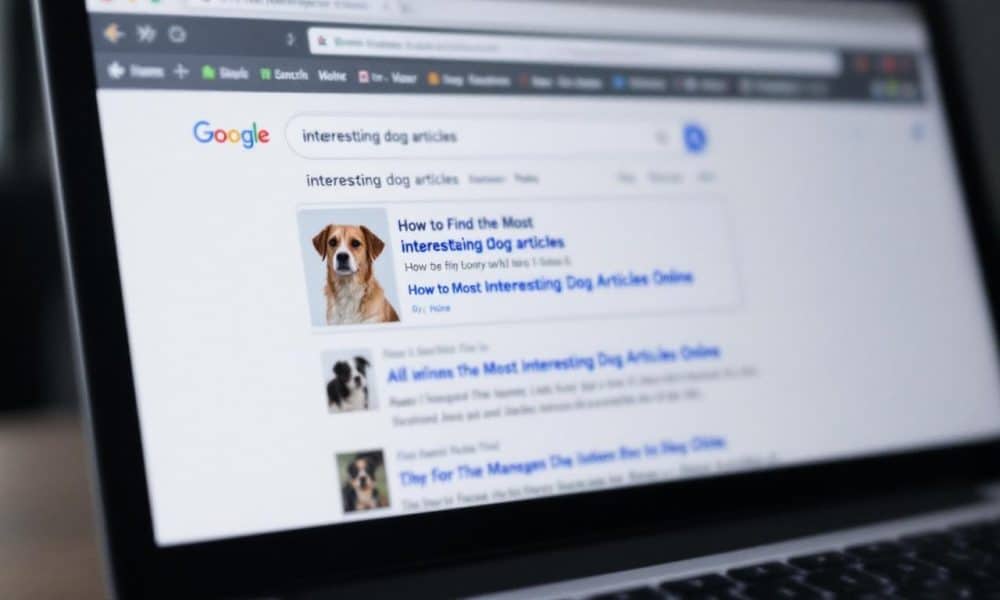
“This post contains affiliate links, and I will be compensated if you make a purchase after clicking on my links.”
Spaying your dog is a significant step in responsible pet ownership. However, the recovery process can be challenging for both you and your furry friend.
At DogingtonPost, we understand the importance of proper post-operative care. That’s why we’ve compiled essential dog spay recovery tips to help your canine companion heal comfortably and safely.
What to Do in the First 24 Hours After Spaying
Create a Comfortable Recovery Space
Set up a quiet, cozy area for your dog to rest after her spay surgery. Choose a low-traffic spot in your home and place a soft dog bed there. Keep other pets and children away to reduce stress on your recovering pup.
Monitor Post-Surgery Symptoms
Watch your dog closely for the first 24 hours. Expect some sleepiness due to anesthesia, but be alert for signs of excessive lethargy. Your dog may whine a bit, but persistent crying could indicate pain. Check her gums regularly – they should remain pink. Pale or white gums warrant an immediate call to your vet.
Keep the Incision Clean
Examine the incision site twice daily. A small amount of redness or swelling is normal, but contact your vet if you notice any oozing, bleeding, or excessive swelling. Don’t bathe your dog or allow the incision to get wet. Use an Elizabethan collar (E-collar) to prevent licking or chewing. If your dog resists the E-collar, try a recovery suit or inflatable collar as alternatives.
Manage Pain and Discomfort
Administer pain medication as prescribed by your vet. Follow the dosing instructions carefully and never give human pain relievers (they can be toxic to dogs). Some vets suggest using ice packs for 10-15 minutes at a time to reduce swelling. Always wrap ice packs in a towel to protect your dog’s skin.
Restrict Movement
Limit your dog’s activity during this critical period. Allow short, gentle walks for potty breaks, but avoid running, jumping, or stairs. Carry small dogs outside, and use a short leash to walk larger dogs slowly.
As you move into the next phase of recovery, you’ll need to consider your dog’s dietary needs. Proper nutrition plays a key role in healing, but it’s important to reintroduce food carefully.
What Should Your Dog Eat After Spaying?
The First 24 Hours: Appetite and Hydration
After spay surgery, your dog’s appetite might decrease due to anesthesia effects. Don’t force food if your pup shows no interest, but always provide fresh water. Monitor your dog’s water intake closely during this period.
Reintroducing Food: A Gradual Approach
Start with small portions of easily digestible food about 24 hours post-surgery. Offer approximately a quarter of your dog’s normal meal size. If she keeps this down without vomiting, increase the amount slowly over the next few days.
Many veterinarians recommend a bland diet for the first few days after surgery. A mixture of boiled chicken and white rice often works well. This combination provides necessary nutrients while being gentle on the digestive system. You can also use lean ground turkey or white fish as alternative protein sources.
Best Foods for Recovery
Once your dog shows readiness for regular food, focus on high-quality, nutrient-dense options. Choose foods rich in protein to support tissue repair. Consider adding a fish oil supplement to your dog’s meals for its omega-3 fatty acids, which can help reduce inflammation (always consult your vet before introducing any supplements).
Wet food might appeal more to your dog during recovery and can increase water intake. If your pup usually eats dry kibble, soften it with warm water or low-sodium chicken broth.
Foods to Avoid During Healing
During recovery, avoid foods that might upset your dog’s stomach or interfere with healing:

Contact your veterinarian immediately if your dog experiences vomiting, diarrhea, or loss of appetite that persists for more than 24 hours. These symptoms could indicate surgery complications or an adverse reaction to medication.
Transitioning Back to Regular Diet
As your dog’s appetite returns to normal, transition back to her regular diet over about a week. This slow transition prevents digestive upset and ensures your pup receives the nutrition she needs for full recovery.
With proper nutrition during recovery, your dog will heal faster and feel more comfortable. The next crucial step in your dog’s post-spay journey involves managing her activity levels to promote optimal healing.
How Much Exercise After Spaying?
Limiting Physical Activity
After spaying, your dog needs time to heal. Limit your pet’s movements during the 7 to 10 day recovery period. Short, controlled walks on a leash are best. These walks should last no more than 5-10 minutes and serve solely for bathroom breaks.
Indoor Activities for Mental Stimulation
While you limit physical exercise, mental stimulation remains important. Puzzle toys filled with low-fat treats can keep your dog engaged without overexertion. Food-dispensing toys (like Kongs) are excellent options. Gentle training sessions that focus on basic commands can also provide mental exercise without straining the incision site.
Preventing Overexertion
You must prevent your dog from jumping, running, or playing roughly during recovery. Block access to stairs and use baby gates to restrict movement within your home. If you have a small dog, carry her up and down stairs when necessary. For larger dogs, use a support harness to assist with movement.

Gradual Return to Normal Activity
After the initial recovery period, you can slowly increase your dog’s activity level. Start by extending walk times by a few minutes each day. Watch for signs of fatigue or discomfort, such as panting or reluctance to continue. If you notice these signs, reduce the activity level and consult your veterinarian.
Swimming and High-Impact Activities
Avoid swimming or bathing your dog for at least 14 days after surgery to prevent infection at the incision site. Once your vet gives the all-clear, swimming can be an excellent low-impact exercise for dogs recovering from surgery. However, always start with short sessions and closely monitor your dog’s energy levels.
High-impact activities (like running, jumping, or playing with other dogs) should be avoided during the recovery period. When you reintroduce these activities, start with short, controlled sessions and gradually increase duration and intensity over several weeks.
Every dog recovers at her own pace. Some may bounce back quickly, while others need more time. Always follow your veterinarian’s specific instructions and don’t hesitate to reach out if you have concerns about your dog’s recovery progress.
Final Thoughts
Patience and attentive care are essential for your dog’s recovery after spaying. You must create a comfortable space, monitor the incision site, manage pain, and carefully reintroduce food and activity. Your veterinarian’s specific instructions should guide you through this unique healing process for your canine companion.
Stay alert for signs that require immediate medical attention (such as excessive bleeding, persistent vomiting, or severe pain). If you notice any concerning symptoms, contact your veterinarian immediately. Your vigilance will help ensure a smooth recovery for your furry friend.
We at DogingtonPost provide comprehensive dog spay recovery tips to support you during this important phase. Our resources cover pre-surgery preparation and post-operative care, equipping you with the knowledge to help your dog recover quickly and comfortably. Your attentive care during this time will strengthen the bond between you and your beloved pet.







